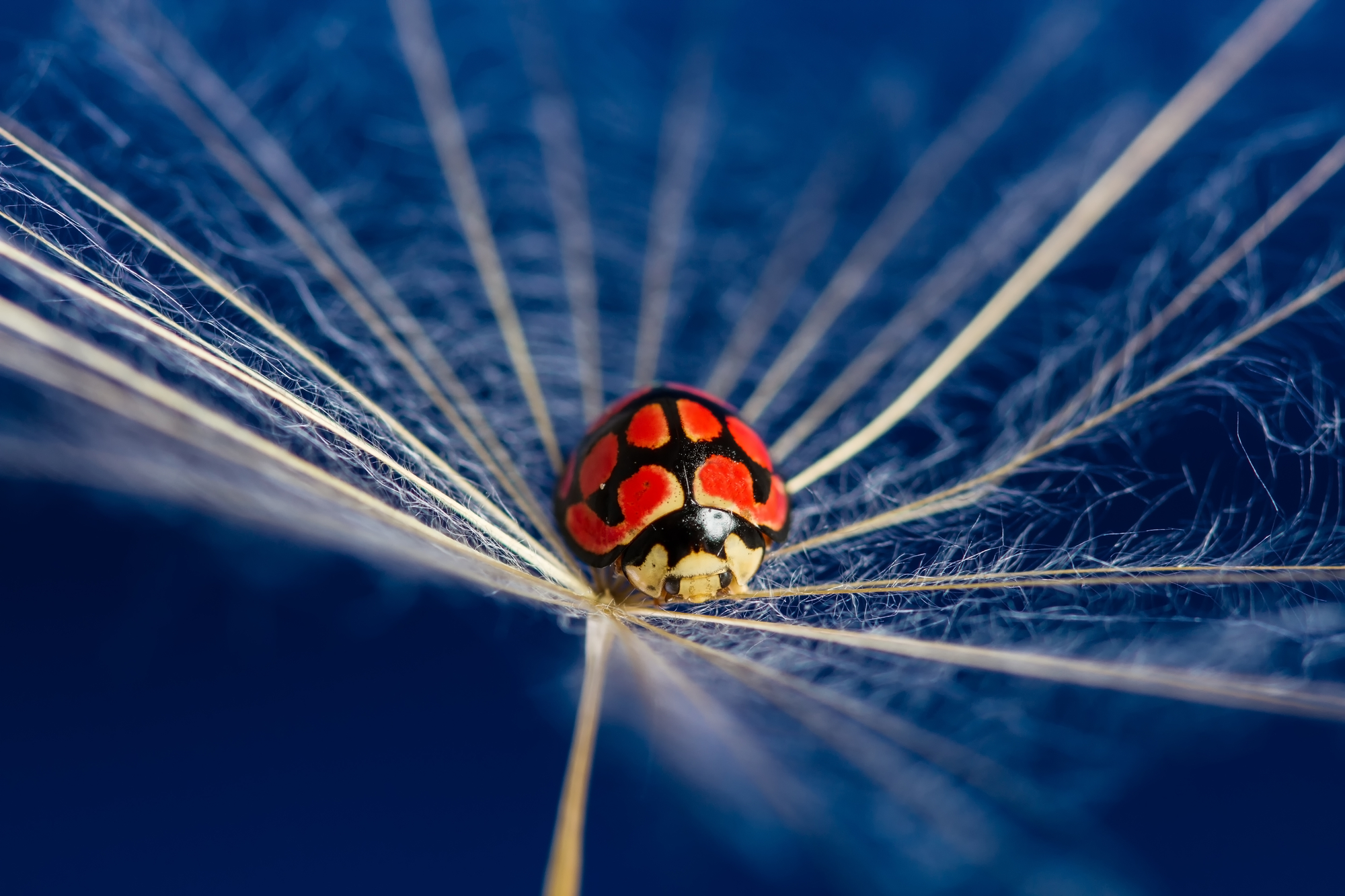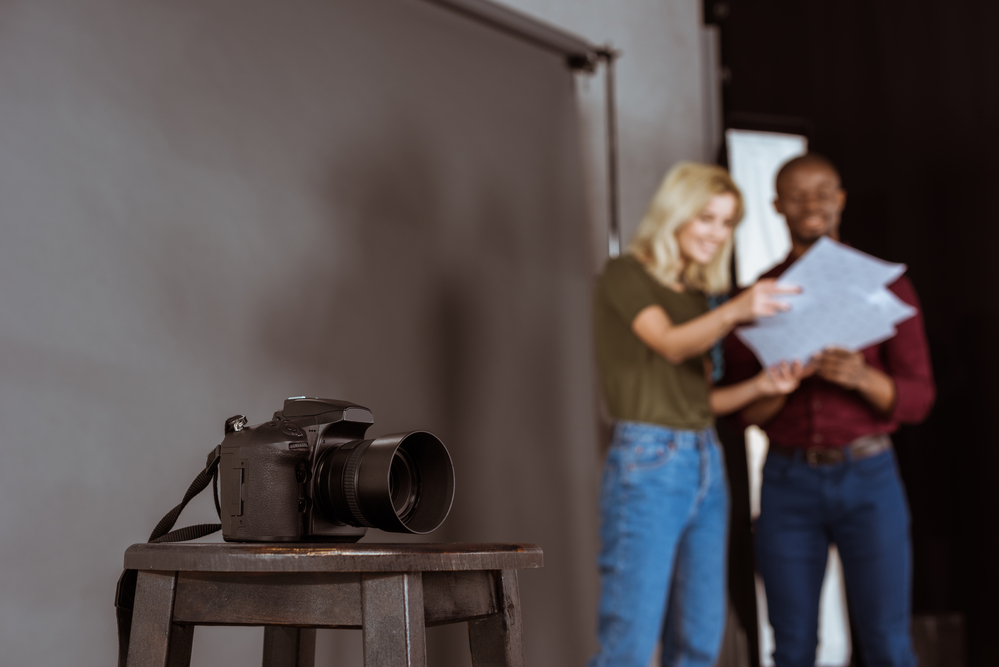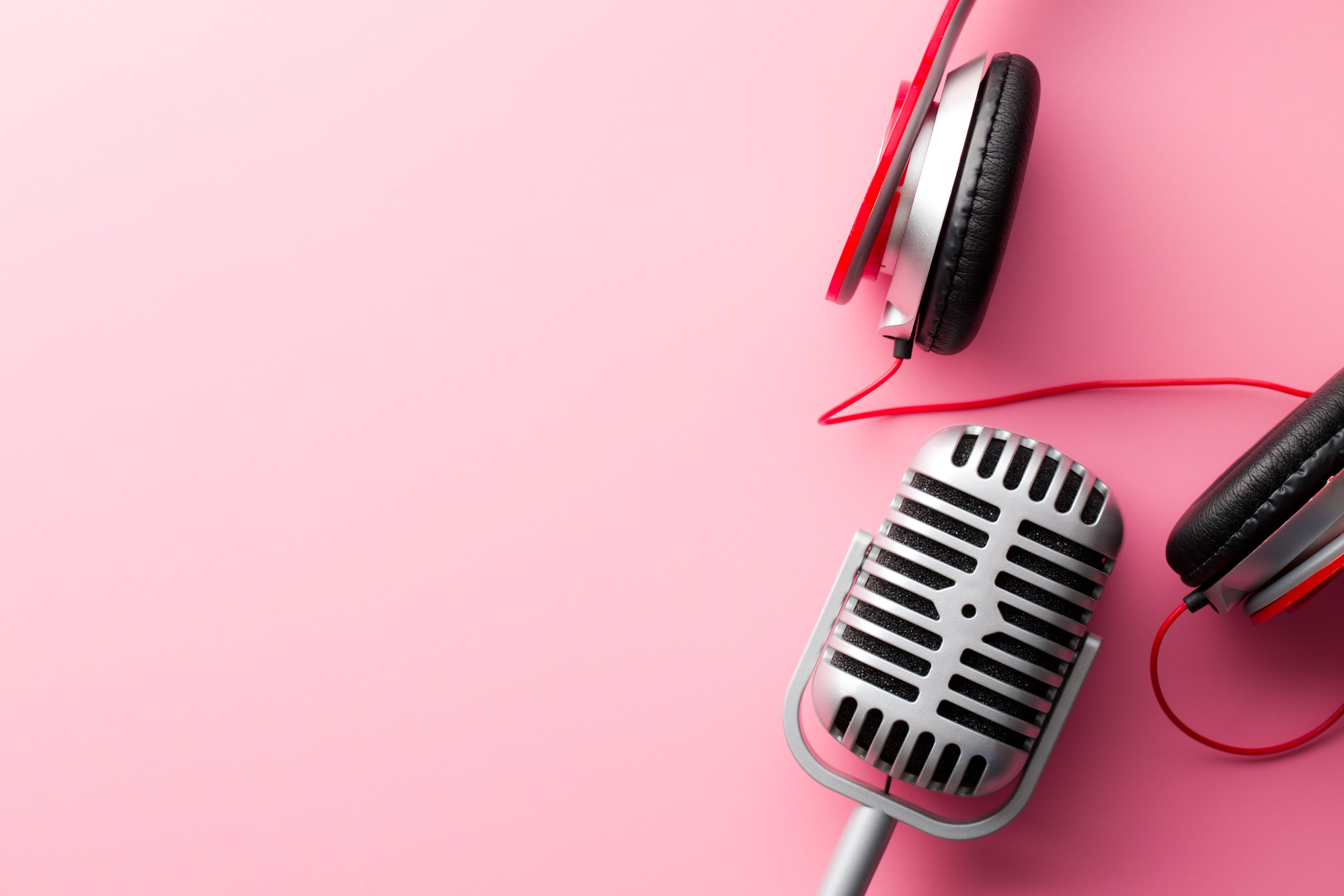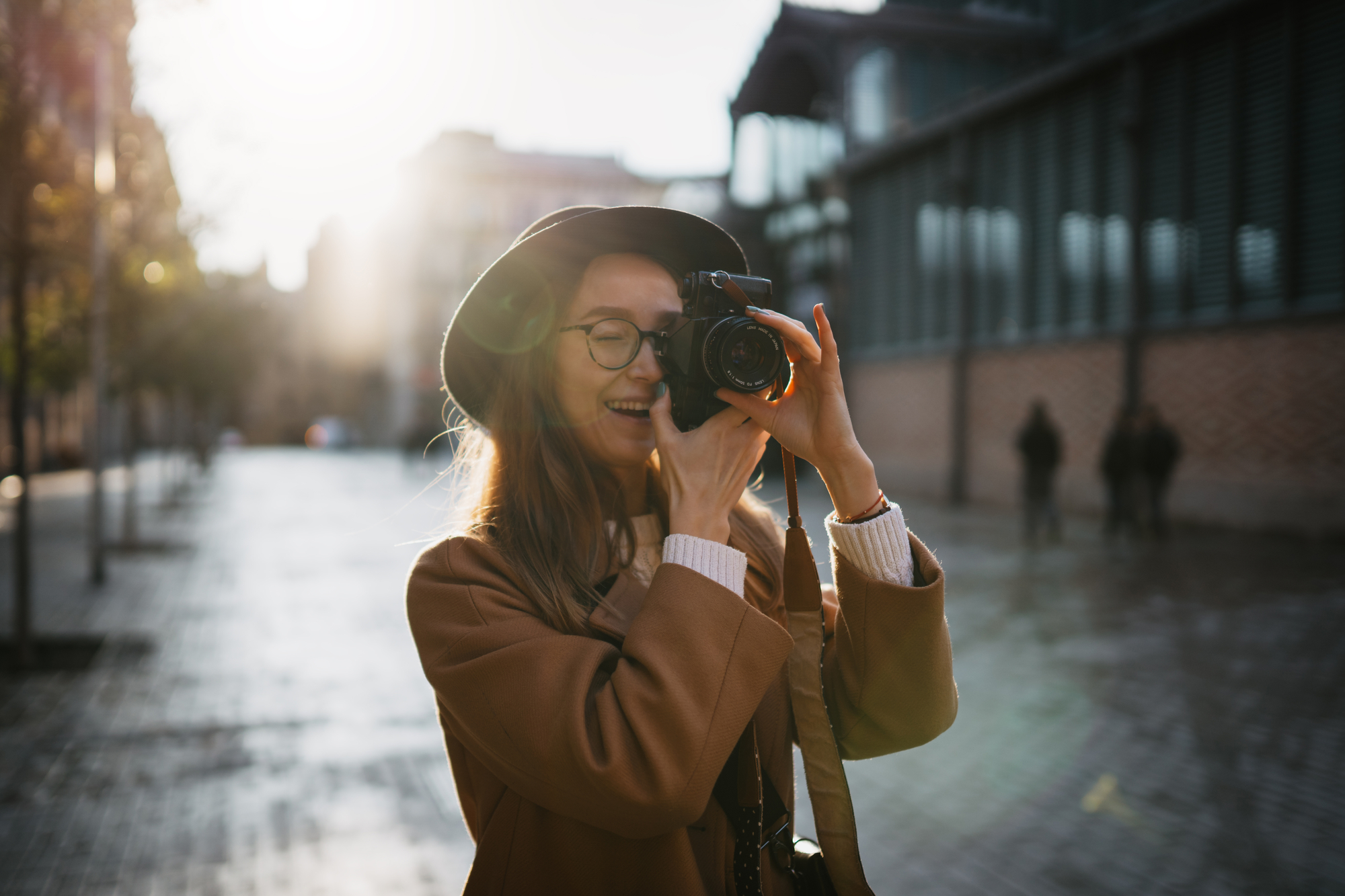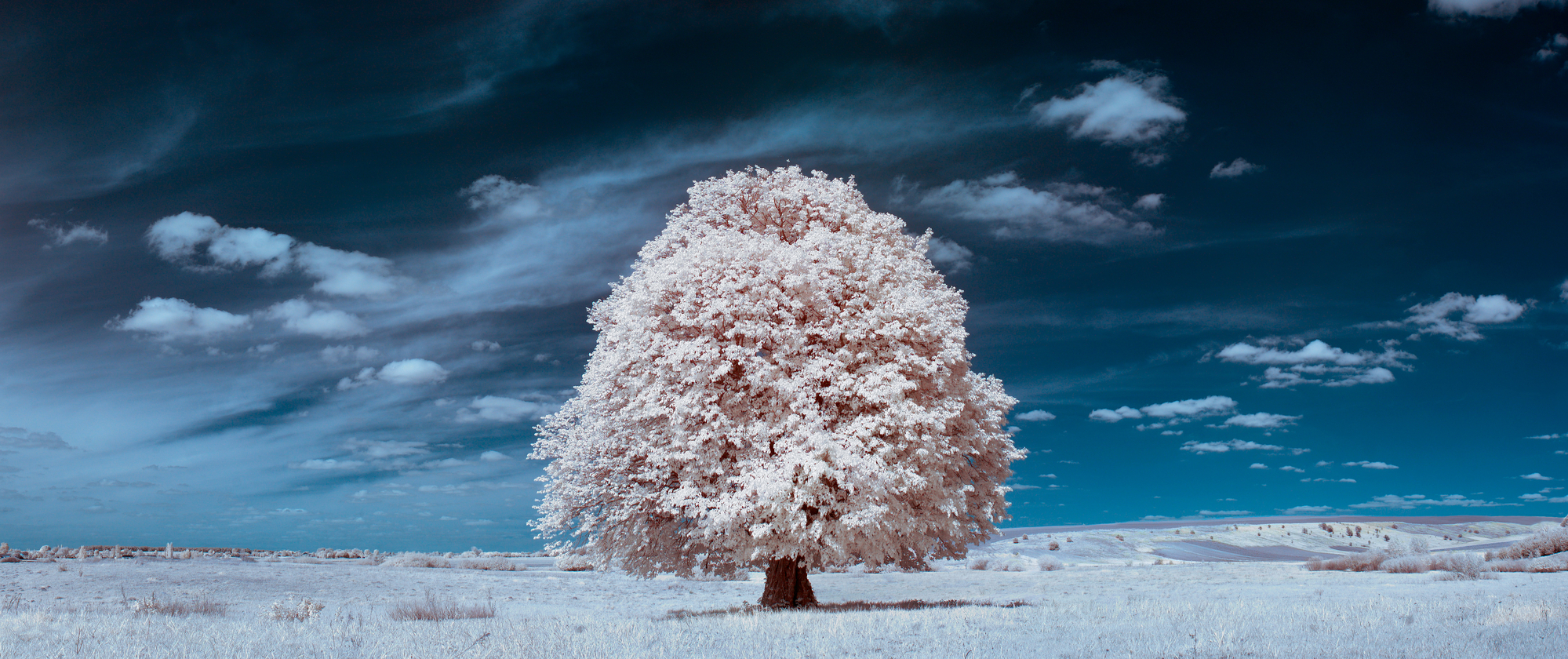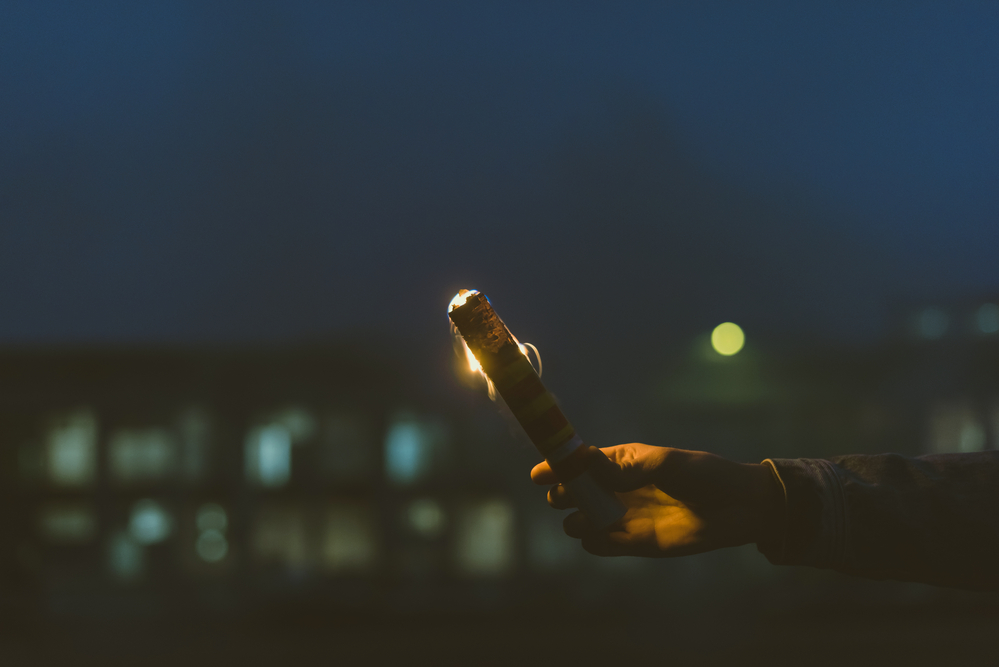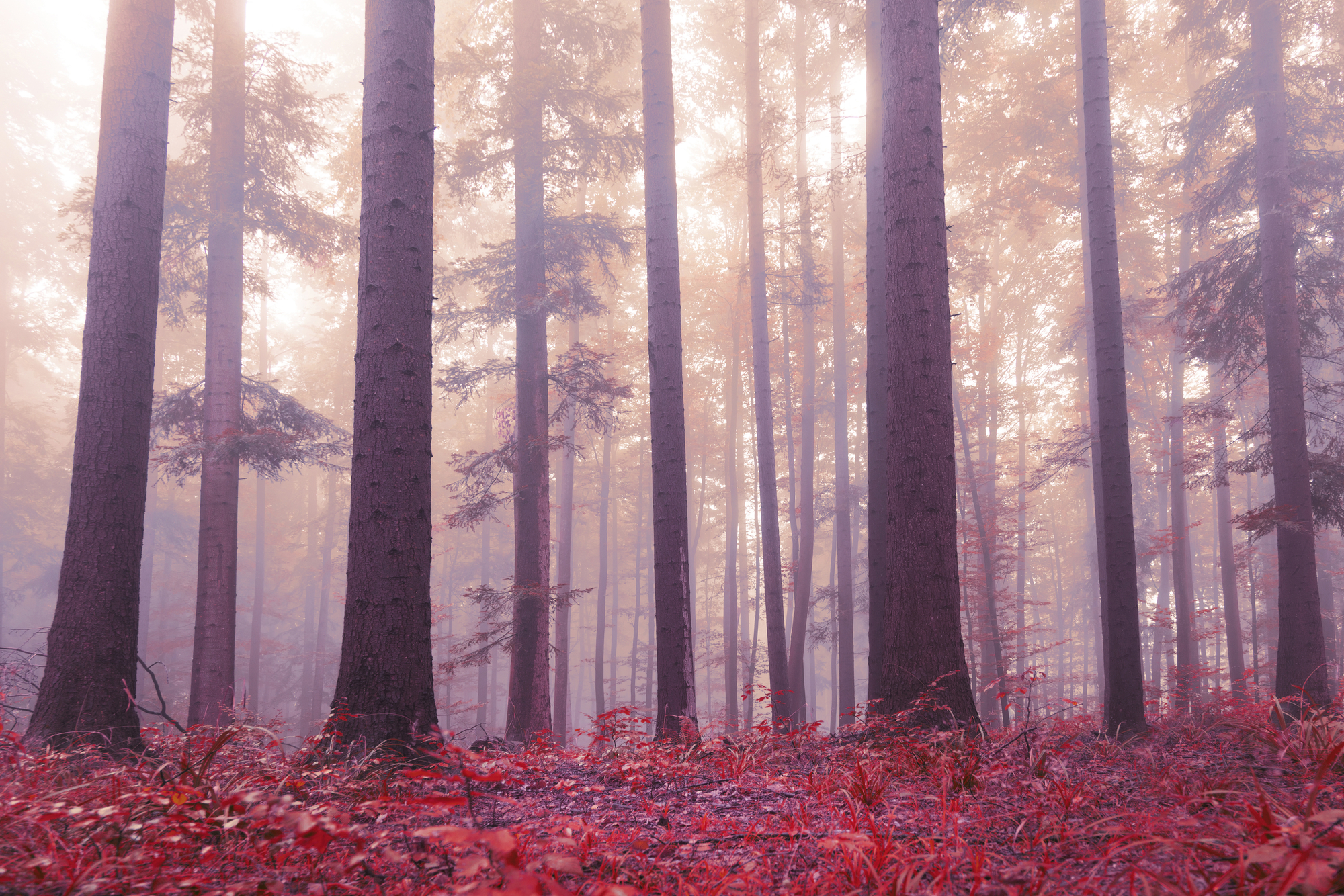What is a macro lens?
A macro lens is a special lens designed exactly for shooting objects really close. It has a very short focusing distance, which means you can get close to a thing you shoot to take a picture and be able to focus. While macro lenses often have focusing distances of 20 to 50 centimeters, they also come with a 1:1 magnification ratio. This allows you to capture a subject at least in its life-size, but often even bigger. You’ve probably seen macro images of insects taken with macro lenses.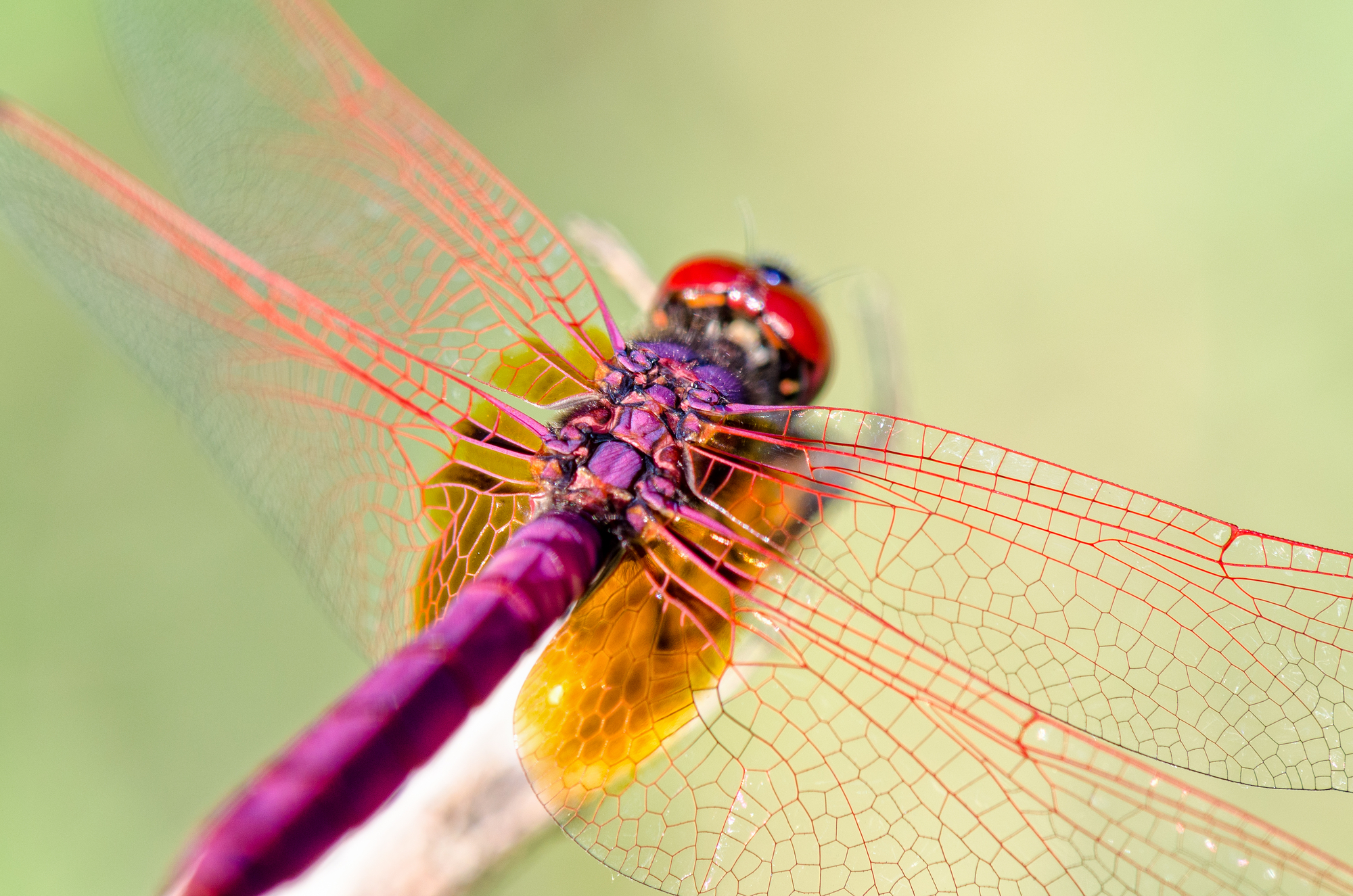
Macro lenses and focal length
Macro lenses are zoom lenses, which allow you to zoom in and out, making an image smaller or bigger (there are also prime or fixed lenses that don’t support zooming). Any lens has its focal length, a distance between the optical center of a lens and a sensor of a camera, measured in millimeters. The focal length is an important property of a lens since it influences the field of view (how much of a scene will be captured) and magnification. Macro lenses stand out among other zoom lenses due to their magnification ability (how big objects look in a shot). They also come in different focal lengths.- 45-65 mm macro lenses are perfect for still life and product shots when you can get really close to a subject without messing up with it.
- 90-105 mm macro lenses are the most universal choice for photographers since they let you shoot subjects from a comfortable distance. If you want to practice some flower photography or shoot insects that are not so easily distracted, this is the preferred focal length.
- 150-200 mm macro lenses let you shoot animals, birds, and bigger (or scarier) insects when you can’t get very close to a subject. If you are into wildlife photography, consider purchasing a macro lens with a bigger focal length so that you can shoot from further away.
